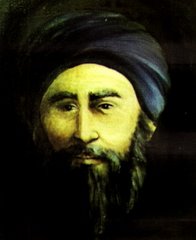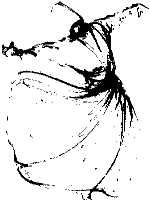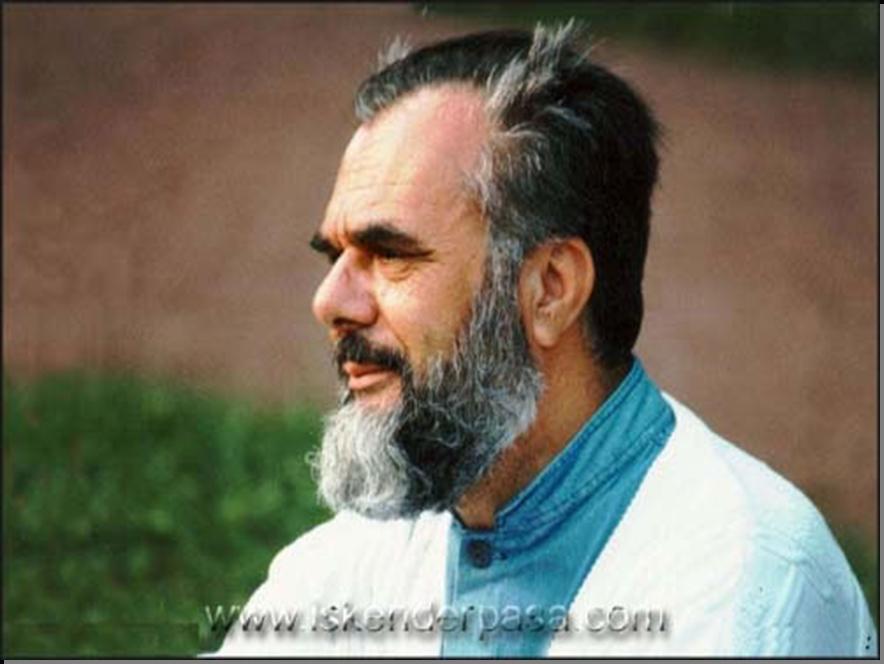It’s difficult to know what to make of the controversy surrounding the publication of twelve cartoons depicting the Prophet Muhammad as a violent terrorist. On the surface, it appears to be a battle between the medieval and modern, between Abrahamic religion and freedom of speech.
The cartoons were first published in the obscure neo-Conservative newspaper Morgenavisen Jyllands-Posten in September last year. They have now been reproduced in newspapers across Europe. A number of major American networks, including CNN, have refused to allow the cartoons to grace their websites.
Across the Tasman, the New Zealand Herald editorialised on February 4 why it refuses to publish the cartoons. Its competitor, the Fairfax-owned Dominion Post, has reproduced the cartoons in full and explained their significance.
Muslim haters have had a field day over images of violent protests in various Muslim-majority countries. Neo-Conservative publications known for their venom toward all things Islamic have been at the forefront of using more extreme Muslim responses as an indication of what broader Muslim opinion on the issue is.
The reality is that Muslim opinion has been divided. If anything, the entire fiasco has prompted a mood of soul-searching amongst educated Muslims, especially those living as minorities in Western countries.
Canadian writer Safiyya Ally, writing for popular Muslim website altmuslim.com, hasn’t held back in referring to the entire issue in her headline: “Stupid Cartoons, Even Stupider Reaction”.
Egyptian commentator Mona Eltahawy, writing in the Beirut Daily Star, argues that the issue exposes the inconsistencies of some despotic Muslim leaders. “Danish Prime Minister Anders Fogh Rasmussen was right not to intervene, insisting the government has no say over media - the argument used by Arab leaders when they are asked about anti-Semitism in their media, by the way.”
She goes onto state that the Danish cartoonist may have offended Muslims but certainly did not call for violence against Muslims. Indeed, in August 2005 Danish authorities suspended the broadcasting license of a radio station calling for the extermination of Muslims.
Jyllands-Posten has since apologised for the publication of the cartoons. It claimed the cartoons were published in an attempt to test the limits of freedom of speech. Maybe. But why did the newspaper really publish the cartoons, knowing as it did that these would cause offence to millions of Muslims?
One needs to understand the political background of Denmark, in particular the ongoing claims of Danish neo-Cons that Muslims are not welcome in the country. The prejudice and hatred toward Muslims by some sectors of Danish society is reflected in an article entitled “Something Rotten in Denmark?” and published in Danish and American newspapers in August 2002. That article was written in the aftermath of the defeat of social democratic and leftist parties in Denmark’s elections.
In that article, veteran Islamophobe Daniel Pipes joined forces with Lars Hedegaard to claim that Muslim migrants “show little desire to fit into their adopted country.” Mr Pipes’ own Jewish background does not stop him from blaming Muslims for a host of Denmark’s social ills in a manner reminiscent of Nazi propaganda concerning European Jews.
American Muslim writer Svend White writes on his blog that too many commentators have ignored the role played by the offending newspaper in an ongoing debate about immigration. When one understands this context, it is clear that the Danish newspaper’s intentions were not as noble as first seems.
White, whose mother is Danish, claims that politics in Norway has made a sudden turn to the hard-right since the Conservative Party formed a government following the 2001 election. Despite an election win for a centre-left coalition in 2005, many politicians and media outlets on the conservative side continue to blame Muslim migrants (who hardly make up 4% of the Danish population) for all Denmark’s ills.
Even in Denmark itself, Jyllands-Posten has been criticised. One prominent Danish commentator, Rune Engelbreth Larsen, speaks of the cartoons and the paper in the context of “over 15 years of progressively humiliating rhetoric and propaganda attacks” suffered by Danish Muslims.
Larsen further comments on the complete futility of the exercise as a means to campaign for freedom of speech and other liberal democratic values. He says that if the paper was really concerned about freedom of speech, it would caricature the despotic emirs, kings, generals and presidents-for-life that currently rule the roost in most Muslim countries. Instead, publication of the cartoons has enabled despotic rulers of Muslim lands to shore up more support by fuelling popular Muslim sentiments.
Some 3 years ago, the UK-based Independent newspaper published a cartoon depicting Ariel Sharon as a cannibal eating the head of a Palestinian child. Jews across the world protested, some arguing that the cartoon reminded them of medieval Christian myths of Jews eating children. Today, the modern myths of Muslims as all being terrorists has been depicted in the name of freedom of speech. Surely European newspapers publishing the cartoons should understand that the Prophet Muhammad means more to Muslims than Ariel Sharon does to Jews.
At the same time, Muslims need to ask themselves how their Prophet would have liked his honour to be defended. The earliest Muslims were not known for holding violent protests, holding hostages or storming buildings. In their present response to the cartoons, many Muslims are displaying the sort of love and affection their own Prophet, had he been with us, would have condemned.
The author is a Sydney lawyer. iyusuf@sydneylawyers.com.au
© Irfan Yusuf 2006
Sunday, February 05, 2006
Some Thoughts on Danish cartoons and Danish pastries
Subscribe to:
Comments (Atom)









